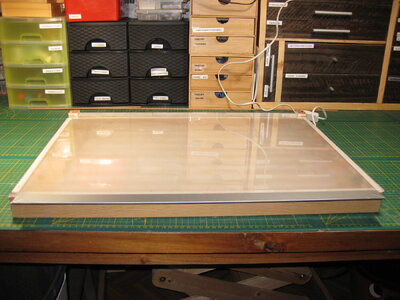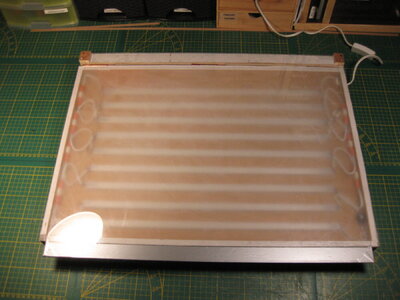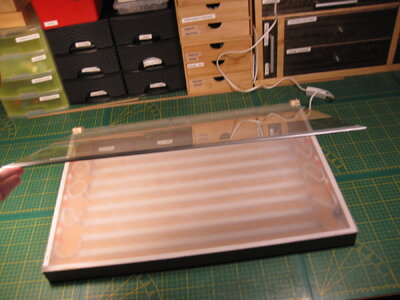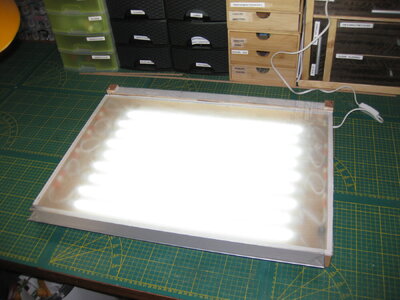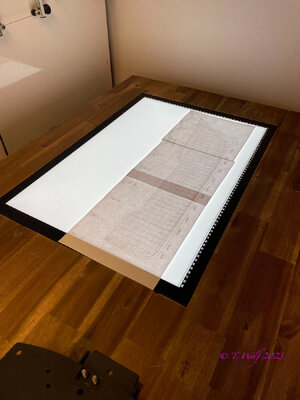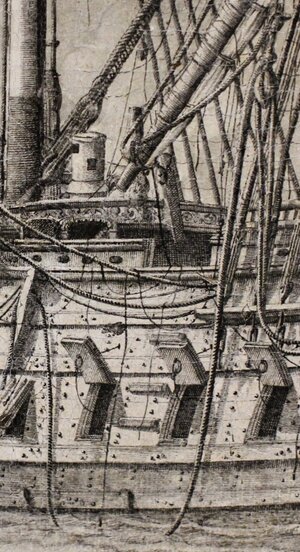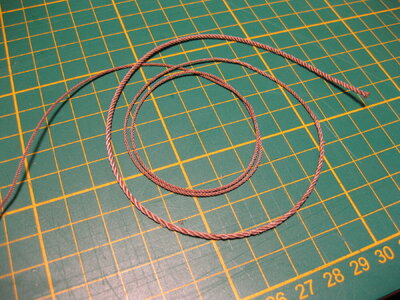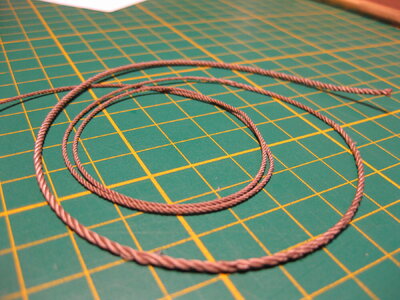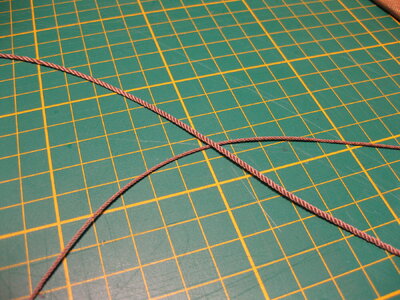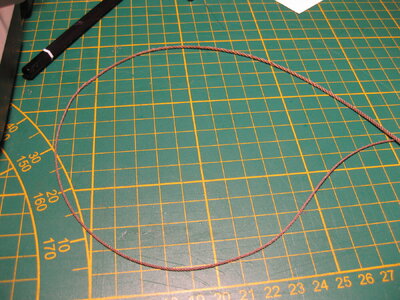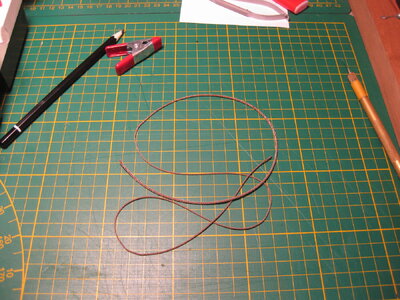A very nice example of standing rigging, Stephan. And now some time management for all the jobs to do.@all thanks for the visit, likes, jokes and comments. I love this and helps to go on.
Standing rigging came to an end and finally I can say job done. Sails, spars and running rigging is next. First I have to write an article for the modelbouwer and then we go on with the HZ model. See you back here over a while.
Enjoy the pictures
View attachment 423826View attachment 423827View attachment 423828View attachment 423829View attachment 423830View attachment 423831View attachment 423832View attachment 423833View attachment 423834View attachment 423835View attachment 423836View attachment 423837View attachment 423838View attachment 423839
Regards, Peter





